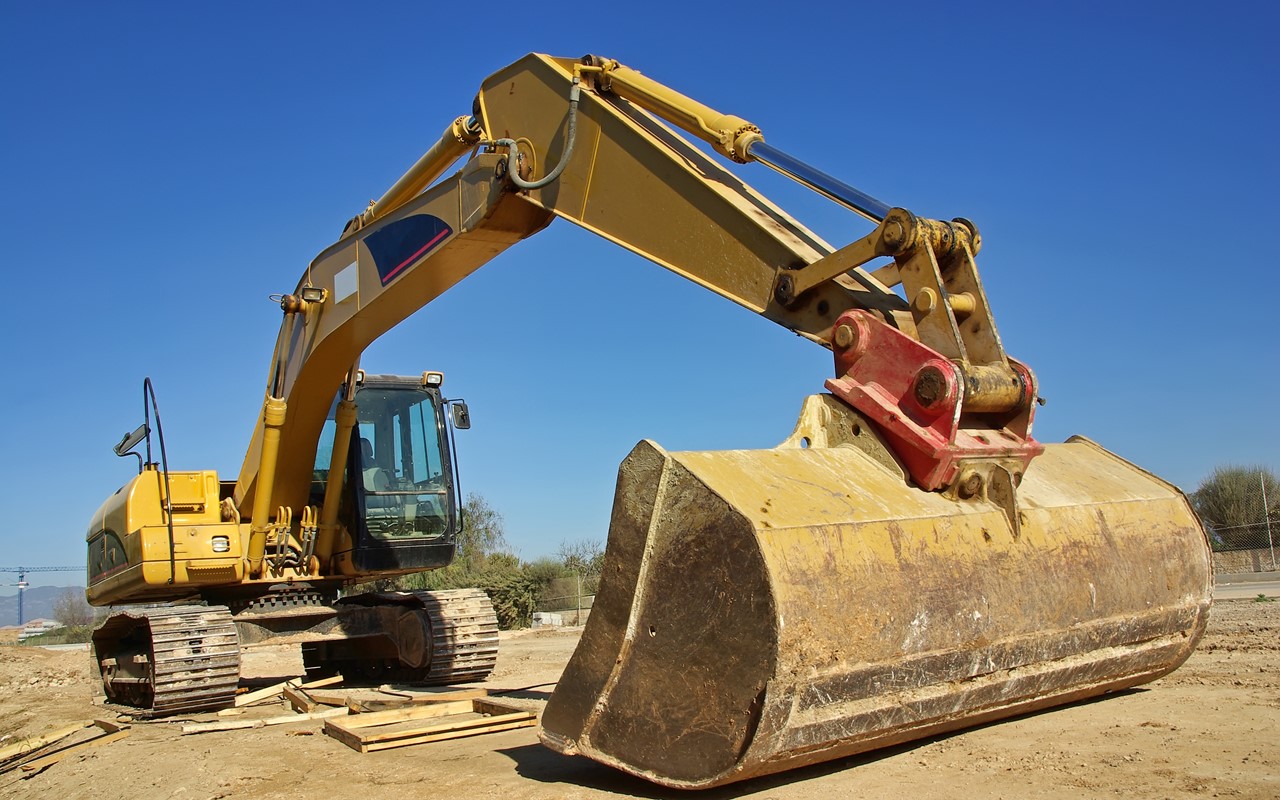With the increasing shortage of new vehicles and equipment, the second-hand market for many items has inflated by around 25% over the past year. This boom is being compounded by high commodity prices and long wait times for new equipment deliveries.
Keeping this in mind, buyers should prepare for their secondhand purchases with a thorough checklist, and effective due diligence process, and the best equipment financing options. Let’s discuss these important steps.
1. Second-hand asset checklist
It is really challenging to find the right used machinery with satisfactory working conditions particularly if the buyer isn’t familiar with conducting the proper inspections.
Here are some important points you should consider including in your checklist before starting your second-hand equipment search
Start the equipment inspection with a condition report, interstate registration transfer, and insurance.
Check the equipment including the tyres, lower body, buckets, and blades.
Ask how the machine was used, where, and in what type of working environment.
Identify any components that appear worn out, or close to being worn out.
Check the hours on the meter for an accurate gauge of how much usage the equipment has had.
Pull the machinery forward a few meters to check it tracks straight.
Get an oil sample and check for metal contamination through oil analysis.
These tips can be used to conduct a basic inspection on any used equipment you buy, however, it is best to have a qualified technician perform the inspection on your behalf if possible.
2. Due diligence
It’s important to remember that the risk of problems with buying second-hand equipment is significantly higher than with buying new.
Here are a few key questions to be addressed through the due diligence process:
How long is the equipment likely to last?
Is the equipment an exact match for your needs?
Is the seller reputable?
Are there any additional removal and shipping charges?
When conducting private sales, a little diligence can go a long way. There will always be some risk involved with purchasing second-hand, and these risks grow with the list of former owners. However, being aware of these risks is paramount to effective planning and mitigation.
3. The benefits of equipment financing
Business owners have a number of equipment finance options available which allow them to pay off second-hand assets over time, as opposed to full payment at the time of purchase:
Finance lease
Commercial hire-purchase
Specific security agreement (formerly a chattel mortgage)
These are some of the finance options available, but finding a suitable finance option doesn’t have to be complicated. A broker can help simplify the process and find you the best finance option and lender, depending on the equipment you are buying and what it’s being used for.
